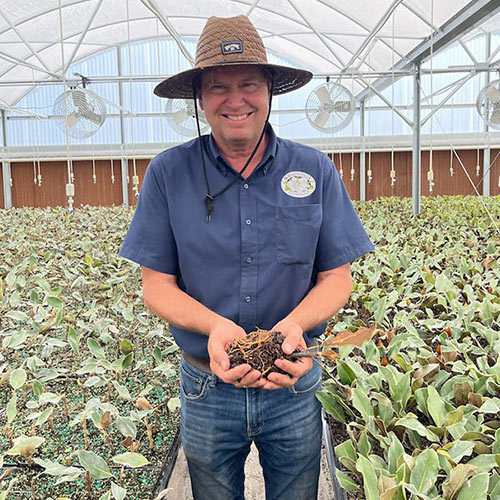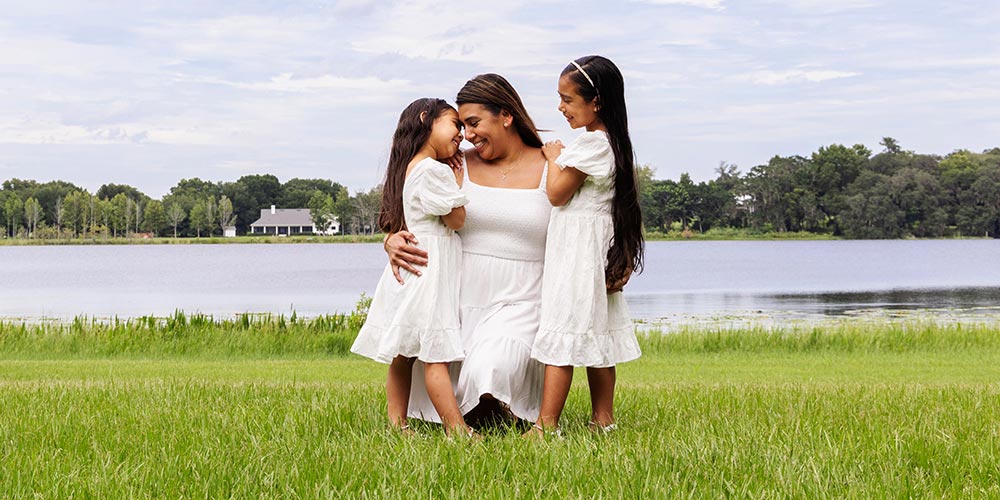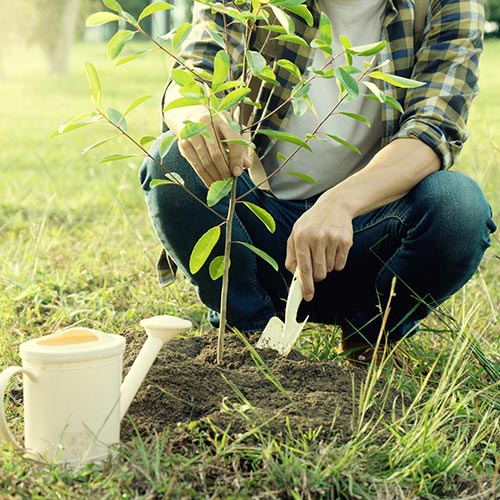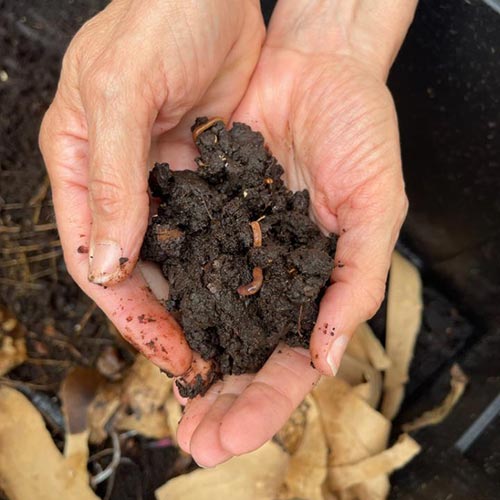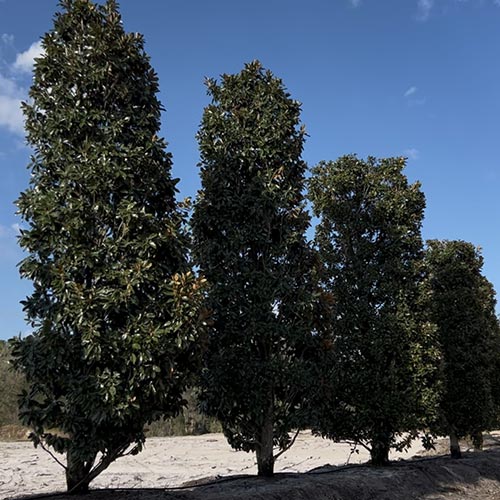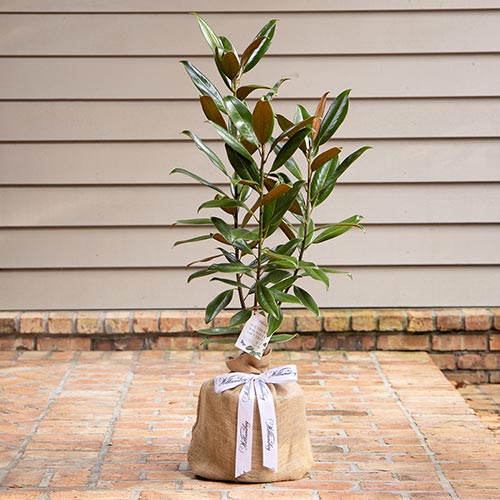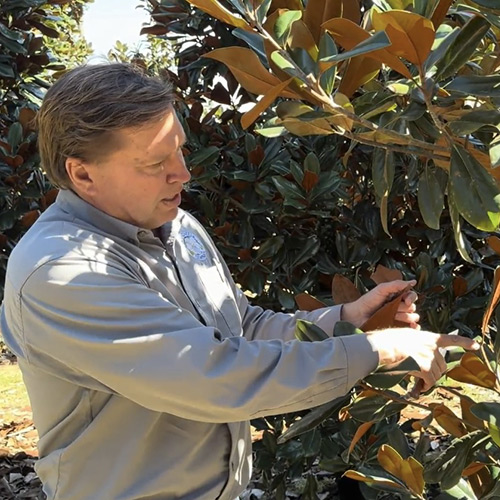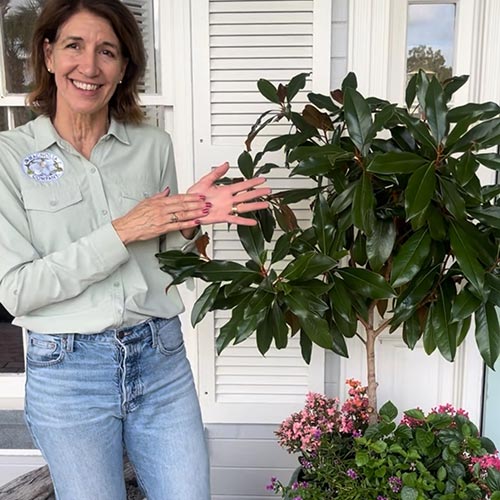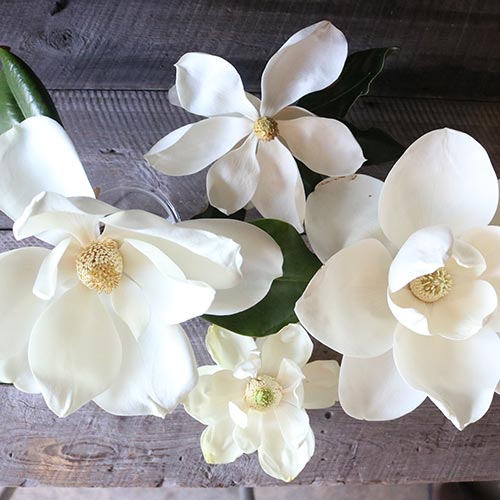8 Superpowers You Didn’t Know Trees Had: Celebrating Arbor Day
April 22nd, 2025
It’s January 4, 1872…
The Mortons just moved to Nebraska. J. Sterling Morton is a newspaper editor in the newly acquired Nebraska territory, and he and his wife are residents of young Nebraska City.
Across the pioneer community, settlers are struggling. Upending your life to move somewhere new is a wagon and a half already, but moving to a place that sees blistering sun, scarce rain, and blustering winds? That’s a whole other challenge.
Nebraska’s natural landscape is a transition landscape. The Eastern pine forest dwindles at its borders, and the grasslands of the west begin to take hold. Unfortunately, settlers uprooted the natural vegetation in favor of developing infrastructure and establishing cities. What few plants existed to brace the land and its people against the elements were ripped out of the dirt.
Courtesy of Nebraska’s arid conditions, most crops struggle as much as the settlers. So, in the absence of natural vegetation or crops to root in the topsoil, the wind picks up unanchored soil and scatters it everywhere.
Nebraska and Nebraskans are *not* happy campers, and J. Sterling Morton decides something must be done. On January 4, 1872, Morton spoke up at a meeting of the State Board of Agriculture, and he proposed a new state holiday: a tree planting holiday.
We now know it as “Arbor Day.”
Fast forward to April 22, 1885…
According to the Arbor Day Foundation, the first celebration of Arbor Day was April 10, 1872, and it was a roaring success. Historical records indicate that an estimated one million trees were planted by Nebraskans on that date.
Two years later in 1874, Nebraska Governor Robert W. Furnas made Arbor Day possible on April 10 again, and in 1885, Arbor Day became an official state holiday to be celebrated on April 22 of that year and all years going forward.
Jump from 1920 to today…
By 1920, 45 states across America observed Arbor Day. Word of the little tree planting holiday to help anchor Nebraska soil and its success made its way back east to Washington DC, where it was made a national holiday. Today, all 50 states observe it!
Breaking from tradition just a little, National Arbor Day is the last Friday in April.
Many states observe Arbor Day as a state holiday, too. The dates vary from state to state, but they generally coincide with the best time for planting trees in that state’s climate.
Why Trees?
A few reasons!
1. The Nebraska Dilemma isn’t unique to Nebraska.
Nebraskans quickly learned that without plants to anchor their soil, they’d be swimming in an inhospitable and unfarmable dust bowl. By planting trees that grow well in arid climates, Nebraskans stabilized the top soil and prevented further erosion.
This works all over the globe. Areas that see drastic erosion from wind or water benefit heavily from the tough and sturdy underground network of tree roots. The soil secures the trees just as much as the trees secure the soil. It’s a beautiful symbiotic relationship between the earth and its flora.
2. Trees are a natural HVAC system.
Trees play a key role in cooler local temperatures. It’s not an exaggeration: shaded natural areas see temperatures 20-45 degrees Fahrenheit cooler than surrounding sunny areas, and cities see a 10-15 degree reduction in temperature just by having trees as part of their cityscape.
By providing shade, other plants have shelter from blistering sun and see an opportunity to grow (creating biodiversity). Animals also have more hospitable habitats in cooler temperatures.
There’s a cool side effect to this, too: when water isn’t in direct sunlight, it evaporates slower – meaning rainfall and watered ground actually has an opportunity to sink into the soil and be used by all of the surrounding plants. It’s a productive vicious cycle.
3. Speaking of water, trees purify our water.
Forget Brita or whatever brand of water filter you use. Trees are the originals!
When it rains, all of the overflow that isn’t soaked up by soil has to go somewhere. Thankfully, the Earth has built-in reservoirs. We call them lakes and rivers, but the system as a whole is known as a watershed. Watersheds are landscapes that funnel rainfall into bodies of water.
Watersheds rely on the presence of plants. Water is extremely good at carrying soil and its nutrients away (have you forgotten about Nebraska?). Plant roots anchor soil so that as water works its way down through the watershed, it has to go through layers of soil and smaller bodies of water. This creates a natural filtration system.
4. Trees reduce energy needs.
Thanks to their cooling effect and their ability to retain water, trees are a strategic ally in reducing our energy bills.
When situated properly around buildings, the cooling effect trees have bleeds over into our concrete world. Buildings that work trees into their design and layout spend less on energy bills over time, thanks to less energy being required to maintain its interior climate control.
5. Trees contribute to our atmosphere.
We all know plants release oxygen – that nifty little molecule we need in order to breathe. They do this by “breathing in” carbon dioxide. Our bodies release carbon dioxide as a waste gas when we exhale, so there’s a beautiful gas trade-off between us and our leafy friends.
Because of their huge size and energy needs at the cellular level, trees are also capable of taking excess carbon dioxide from the atmosphere. They, in turn, release large amounts of breathable oxygen back into the atmosphere. Talk about efficient!
6. Trees help slow the effects of global warming and are an invaluable tool for combating the climate crisis.
Our atmosphere is like a living thing: it requires balance, and it sees its own cycles. The Industrial Revolution started to throw those balanced cycles out of sync. Too much carbon dioxide in the atmosphere contributes to a rising global temperature, which in turn, throws all the cycles of the planet off-kilter.
The solution? Reduce the amount of carbon dioxide in the atmosphere. There are so many ways to go about this, but nature provides a path, too… yet again, thank the trees!
7. Trees don’t just make our homes; they’re houses for all.
While we see a tree and think of a building material, animals look at a tree and see an all-inclusive resort (in their own way).
Forests, trees at the park, or even that one big one in your backyard are all home to hundreds of organisms, big and small. From insects to birds and critters even larger, trees are a source of food and shelter to all kinds of creatures. If you miss having wildlife in your life, have you considered making it feel at home?
8. Trees improve mental health.
We’re going to sound like tree huggers for a minute (because we are).
As neat as technology is, we were never designed to stare at screens in a cubicle. While you might show up to your 9-5 already eager for your day to be over, you probably don’t think like that when you’re taking a hike on a long weekend out of town.
Nature invites us to connect with ourselves and with each other in a way that screens never can. Nature encourages quiet, being present in the moment, and creativity. When you were a kid, how many adventures did you have around that one tree?
Trees never stopped being magical; we just stopped letting them work their magic.
Happy Arbor Day!
Share a tree fact with someone you know, or better yet – go plant a tree!
Recent Articles

